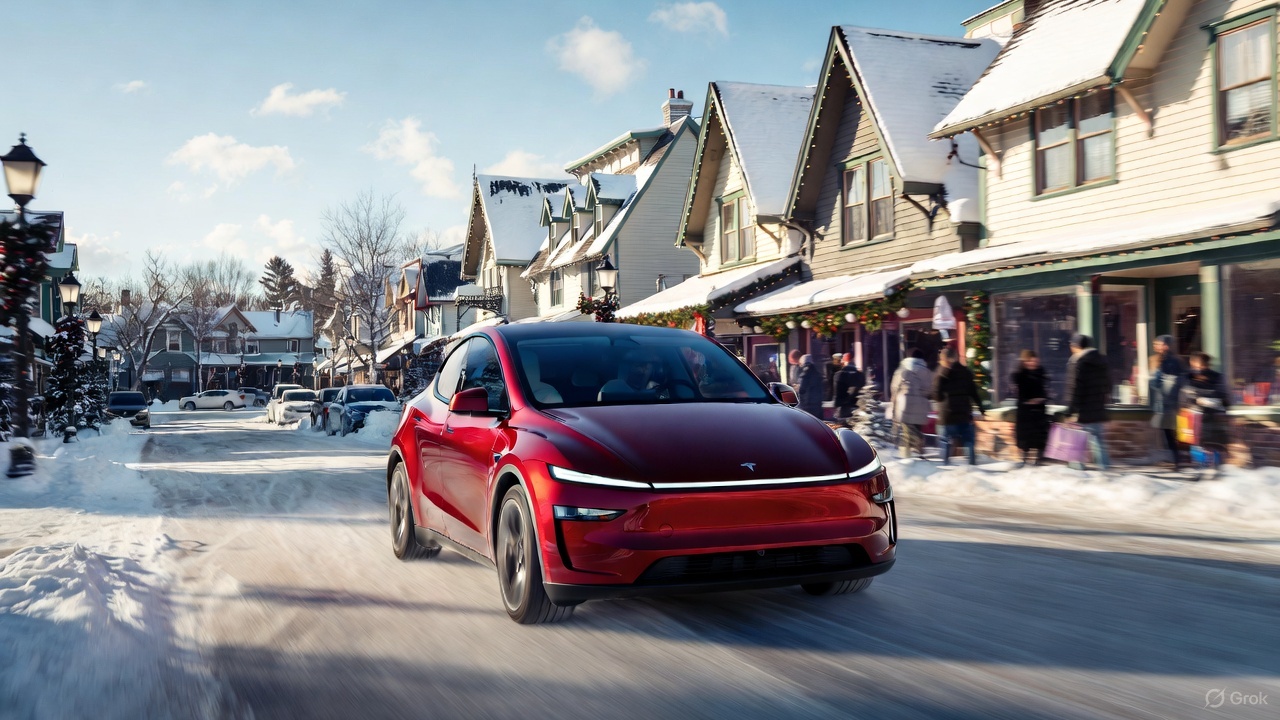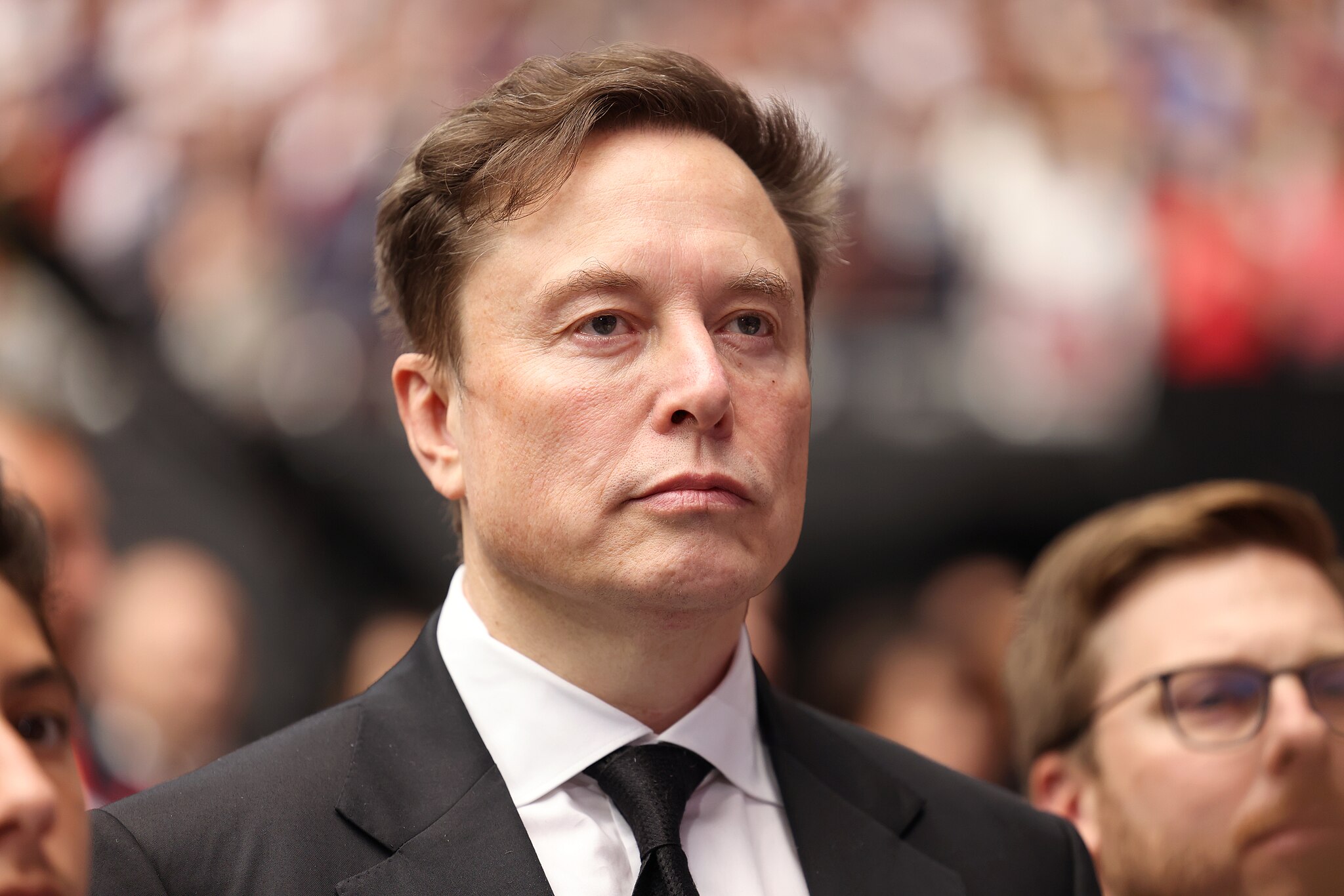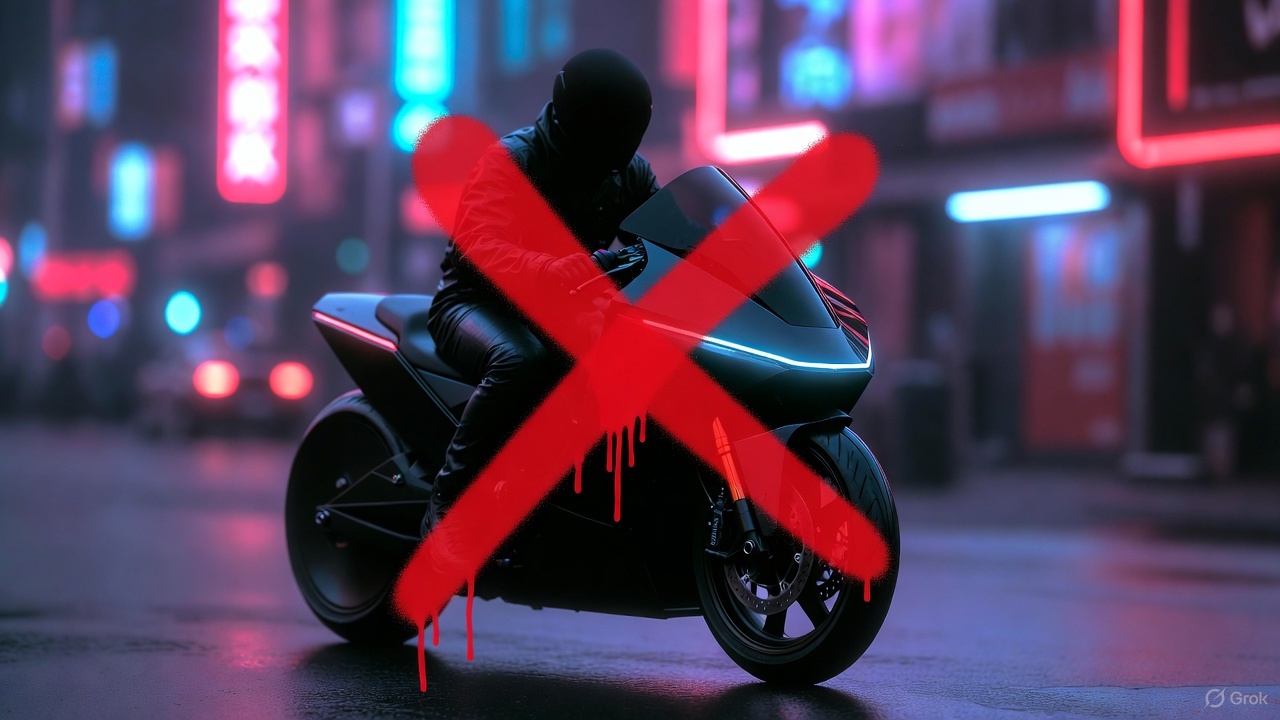News
SpaceX's Elon Musk reveals next Starship's Raptor engines, explains latest failure
SpaceX CEO Elon Musk took to Twitter to better explain what happened when the latest full-scale Starship prototype failed during one of its first tests, while later revealing the rocket engines set to power a future prototype’s first flight.
On April 3rd, SpaceX initiated the third full-scale Starship prototype’s first cryogenic (ultra-cold) pressure test by loading the ~30m (100 ft) tall rocket’s upper propellant tank with what was likely 400+ metric tons (~900,000 lb) of liquid nitrogen. For several hours, liquid nitrogen – a chemically-neutral propellant simulant – was loaded and offloaded several times. Finally, around 2:07 am local (07:07 UTC), the liquid oxygen tank below the methane tank abruptly crumpled, reminiscent of a plastic bottle with the air partially sucked out of it. After several long seconds of gradual crumpling, gravity did what gravity does and pulled the heavy upper tank to the ground, shredding the rest of the rocket’s thin steel skin.
Both unfortunate and a positive development, Musk has recently confirmed Teslarati’s earlier speculation that based on videos of the anomaly, a bad test design and operator error(s) – rather than a technical fault of the rocket itself – could have been the cause of Starship SN3’s failure. In other words, barring future operator error-related failures, Starship SN3’s second cryogenic test went quite well and should mean no delays to Starship SN4’s ongoing assembly.
Particularly in light of Elon Musk’s statement that operator error and a bad test design caused Starship SN3’s failure, the ship’s April 3rd performance was quite impressive. That SN3 remained vertical for several seconds after its aft tank crumpled and likely lost pressure – despite carrying a load equivalent to a fully-loaded Boeing 747 passenger jet – suggests that the vehicle’s structure is extremely robust.
In his explanation, Musk revealed that the rocket failed because the lower (liquid oxygen) tank had not been pressurized enough to withstand the stress of a methane tank fully loaded with liquid nitrogen. Musk’s description almost makes it sound like one or several people failed to account for the fact that liquid nitrogen is nearly 25% heavier than the cryogenic methane it was simulating.
Thankfully, while a prototype likely worth several million dollars and at least a month of work was lost, that means that SpaceX should be able to move on to SN4 with confidence – at least as long as it can rectify whatever allowed those operator mistakes to occur.

In the same Twitter session, Musk – presumably burning the late-night oil at SpaceX’s Boca Chica, Texas Starship factory – also posted a photo showing three operational Raptors in the same frame, a definite first for the cutting-edge rocket engine. Had Starship SN3 survived its cryogenic proof tests last week, SpaceX’s plan was to install and static fire either one or three Raptor engines. A successful static fire campaign would have then been followed soon after by a full-scale Starship’s inaugural flight test, potentially seeing the ship fly as high as Starhopper’s final August 2019 hop.
Now, while Musk says SpaceX may still “reuse much of [SN3’s] thrust section,” the company’s Starship test plan will now rely on SN4 – the next full-scale prototype. It’s far more likely that SN4 will reuse almost no structural aspects of SN3, but even that might cause just a few weeks of delays. Based on a particular assembly step completed on April 4th, Starship SN4 is only four weeks away from the launch pad under the assumption of zero improvements to the speed of production, assembly, and outfitting. Knowing SpaceX, SN4 could be fully stacked and outfitted even sooner.
For now, it looks like we’ll thus have to wait at least a few more weeks to see Starship attempt another cryogenic proof test and – potentially – breathe its first fire with one or several Raptor engines.

News
Tesla’s new Holiday perk is timed perfectly to make FSD a household name
Tesla AI4 owners get FSD (Supervised) through Christmas, New Year’s Eve and well into the post-holiday travel season.

Tesla quietly rolled out a free Full Self-Driving (Supervised) trial for roughly 1.5 million HW4 owners in North America who never bought the package, and the timing could very well be genius.
As it turns out, the trial doesn’t end after 30 days. Instead, it expires January 8, 2026, meaning owners get FSD (Supervised) through Christmas, New Year’s Eve and well into the post-holiday travel season. This extended window positions the feature for maximum word-of-mouth exposure.
A clever holiday gift
Tesla watcher Sawyer Merritt first spotted the detail after multiple owners shared screenshots showing the trial expiring on January 8. He confirmed with affected users that none had active FSD subscriptions before the rollout. He also observed that Tesla never called the promotion a “30-day trial,” as the in-car message simply reads “You’re Getting FSD (Supervised) For the Holidays,” which technically runs until after the new year.
The roughly 40-day period covers peak family travel and gatherings, giving owners ample opportunity to showcase the latest FSD V14’s capabilities on highway trips, crowded parking lots and neighborhood drives. With relatives riding along, hands-off highway driving and automatic lane changes could become instant conversation starters.
Rave reviews for FSD V14 highlight demo potential
FSD has been receiving positive reviews from users as of late. Following the release of FSD v14.2.1, numerous owners praised the update for its smoothness and reliability. Tesla owner @LactoseLunatic called it a “huge leap forward from version 14.1.4,” praising extreme smoothness, snappy lane changes and assertive yet safe behavior that allows relaxed monitoring.
Another Tesla owner, @DevinOlsenn, drove 600 km without disengagements, noting his wife now defaults to FSD for daily use due to its refined feel. Sawyer Merritt also tested FSD V14.2.1 in snow on unplowed New Hampshire roads, and the system stayed extra cautious without hesitation. Longtime FSD tester Chuck Cook highlighted improved sign recognition in school zones, showing better dynamic awareness. These reports of fewer interventions and a more “sentient” drive could turn family passengers into advocates, fueling subscriptions come January.
Elon Musk
Elon Musk predicts AI and robotics could make work “optional” within 20 years
Speaking on entrepreneur Nikhil Kamath’s podcast, Musk predicted that machines will soon handle most forms of labor, leaving humans to work only if they choose to.

Elon Musk stated that rapid advances in artificial intelligence and robotics could make traditional work unnecessary within two decades.
Speaking on entrepreneur Nikhil Kamath’s podcast, Musk predicted that machines will soon handle most forms of labor, leaving humans to work only if they choose to.
Work as a “hobby”
During the discussion, Musk said the accelerating capability of AI systems and general-purpose robots will eventually cover all essential tasks, making human labor a choice rather than an economic requirement. “In less than 20 years, working will be optional. Working at all will be optional. Like a hobby,” Musk said.
When Kamath asked whether this future is driven by massive productivity growth, Musk agreed, noting that people will still be free to work if they enjoy the routine or the challenge. He compared future employment to home gardening, as it is something people can still do for personal satisfaction even if buying food from a store is far easier.
“Optional” work in the future
Elon Musk acknowledged the boldness of his claim and joked that people might look back in 20 years and say he was wrong. That being said, the CEO noted that such a scenario could even happen sooner than his prediction, at least if one were to consider the pace of the advancements in AI and robotics.
“Obviously people can play this back in 20 years and say, ‘Look, Elon made this ridiculous prediction and it’s not true,’ but I think it will turn out to be true, that in less than 20 years, maybe even as little as ten or 15 years, the advancements in AI and robotics will bring us to the point where working is optional,” Musk said.
Elon Musk’s comments echo his previous sentiments at Tesla’s 2025 Annual Shareholder Meeting, where he noted that Optimus could ultimately eliminate poverty. He also noted that robots like Optimus could eventually provide people worldwide with the best medical care.
Elon Musk
Elon Musk reiterates why Tesla will never make an electric motorcycle
Tesla CEO Elon Musk preemptively shut down speculations about a Tesla road bike once more.

Tesla CEO Elon Musk preemptively shut down speculations about a Tesla road bike once more, highlighting that the electric vehicle maker has no plans to enter the electric motorcycle market.
Musk posted his clarification in a post on X.
Musk’s reply to a fun AI video
X user @Moandbhr posted an AI video featuring the Tesla CEO on the social media platform, captioning it with “Mr. Elon Musk Just Revealed the Game-Changing Tesla Motorcycle.” The short clip depicted Musk approaching a sleek, single-wheeled vehicle, stepping onto it, and gliding off into the distance amid cheers. The fun video received a lot of traction on X, gaining 3.1 million views as of writing.
Musk replied to the post, stating that a Tesla motorcycle is not going to happen. “Never happening, as we can’t make motorcycles safe. For Community Notes, my near death experience was on a road bike. Dirt bikes are safe if you ride carefully, as you can’t be smashed by a truck,” Musk wrote in his reply.
Musk’s Past Comments on Two-Wheelers
Musk also detailed his reservations about motorcycles in a December 2019 X post while responding to questions about Tesla’s potential ATV. At the time, he responded positively to an electric ATV, though he also opposed the idea of a Tesla road-going motorcycle. Musk did state that electric dirt bikes might be cool, since they do not operate in areas where large vehicles like Class 8 trucks are present.
“Electric dirt bikes would be cool too. We won’t do road bikes, as too dangerous. I was hit by a truck & almost died on one when I was 17,” Musk wrote in his post.
Considering Musk’s comments about dirt bikes, however, perhaps Tesla would eventually offer a road bike as a recreational vehicle. Such a two-wheeler would be a good fit for the Cybertruck, as well as future products like the Robovan, which could be converted into an RV.









